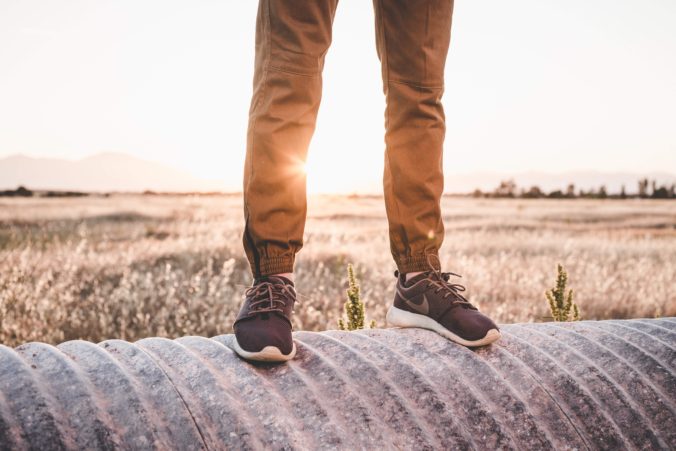Continuing my theme on squatting, the squat is the main exercise that goes into most people’s mind when they think gym, even more so when you think leg day!
The back squat is a fundamental exercise prescribed for both athletes and non-athletes for developing lower body strength. When included in training programmes it has been found to improve athletic performance.
But what happens when you don't want to do the standard squat? Do you just not train legs for the rest of your life?! Actually there is another way that may even be superior!
Rear Leg Elevated Squat
Rear leg elevated squat, more commonly known as the 'Bulgarian Split Squat' is the alternative and it may actually be better for you!
This is because the exercise has been found to place less compressive force on the back, while placing more stress on the legs, hips and your stabilizer muscles. This means that this rear leg squat can be a great exercise if you are suffering from back pain and you are finding the normal back squat too much pain.
A key finding has been " that similar lower body muscle activity can be achieved using the RLESS with half the load of BS” Therefore bigger and more ‘manly’ weight is not always better!
In Conclusion
This means that for those clients who are UNCOMFORTABLE UNDER THE BARBELL–but still want good glute and quad results.
Another study going way back when to 2010 actually found more activation in gluteus medius muscle and biceps femoris activity than the back squat.
If you aren’t convinced yet, give the Bulgarian split squat a try!
If you'd like further advice on squatting and how to squat and also manage your back pain, feel free to shoot me a message and we can get to work!
Further reading:
McCurdy K, O’Kelley E, Kutz M, Langford G, Ernest J, Torres M. Comparison of Lower Extremity EMG Between the 2-Leg Squat and Modified Single-Leg Squat in Female Athletes
J Sport Rehabil. 2010 Feb; 19(1):57-70
DeFOREST BA, CANTRELL GS, SCHILLING BK. Muscle Activity in Single- vs. Double-Leg Squats. International Journal of Exercise Science. 2014;7(4):302-310.
